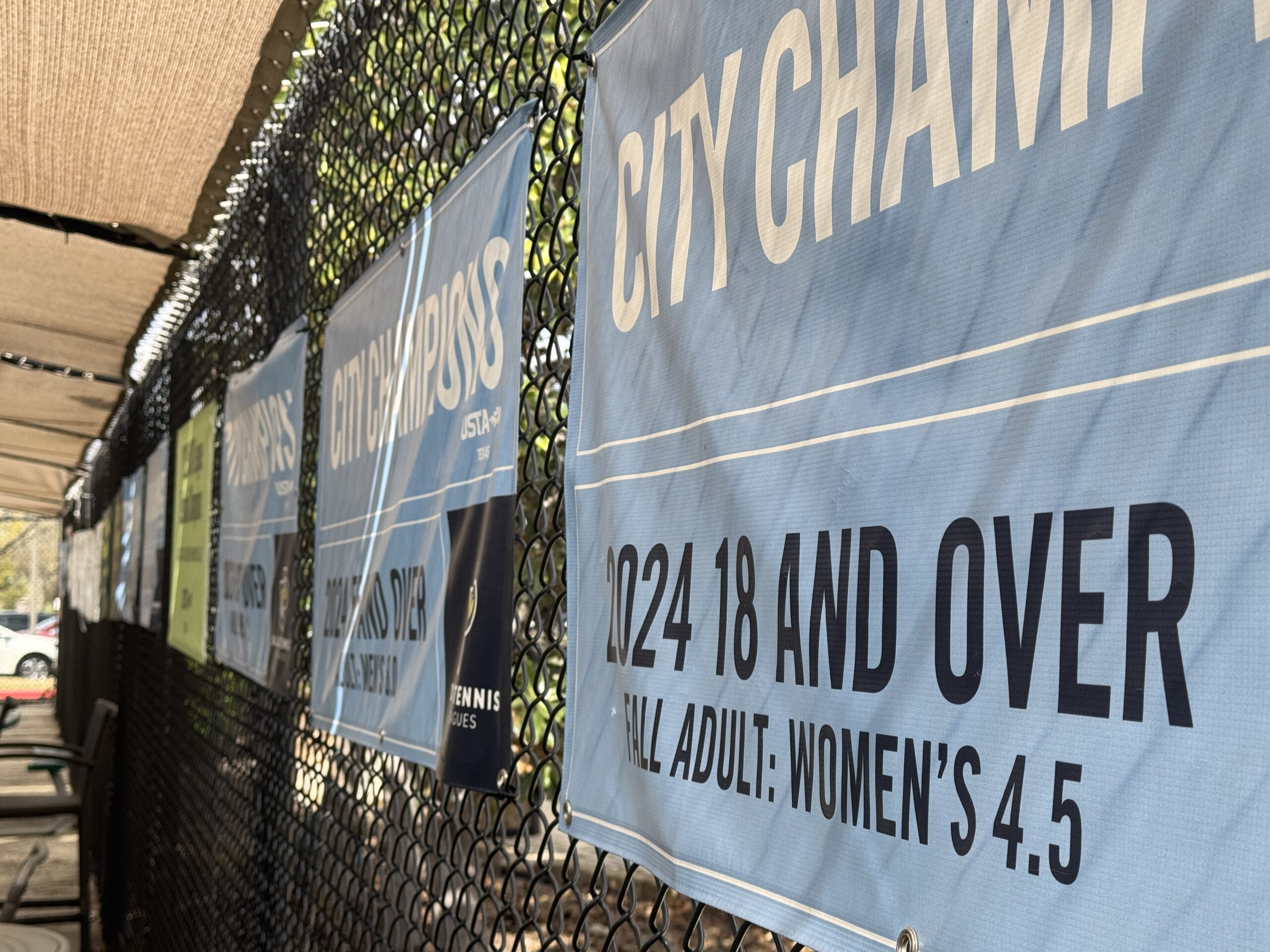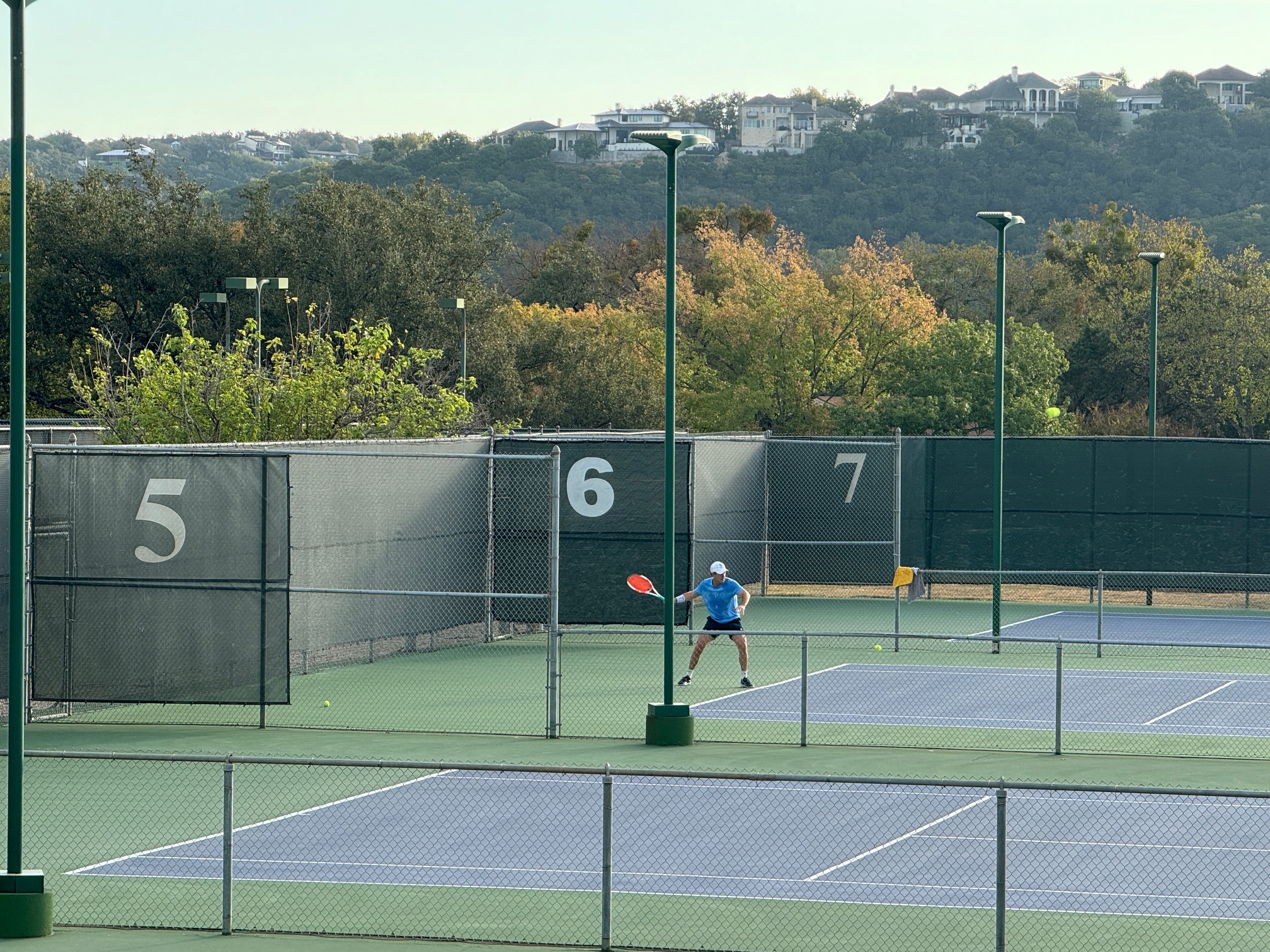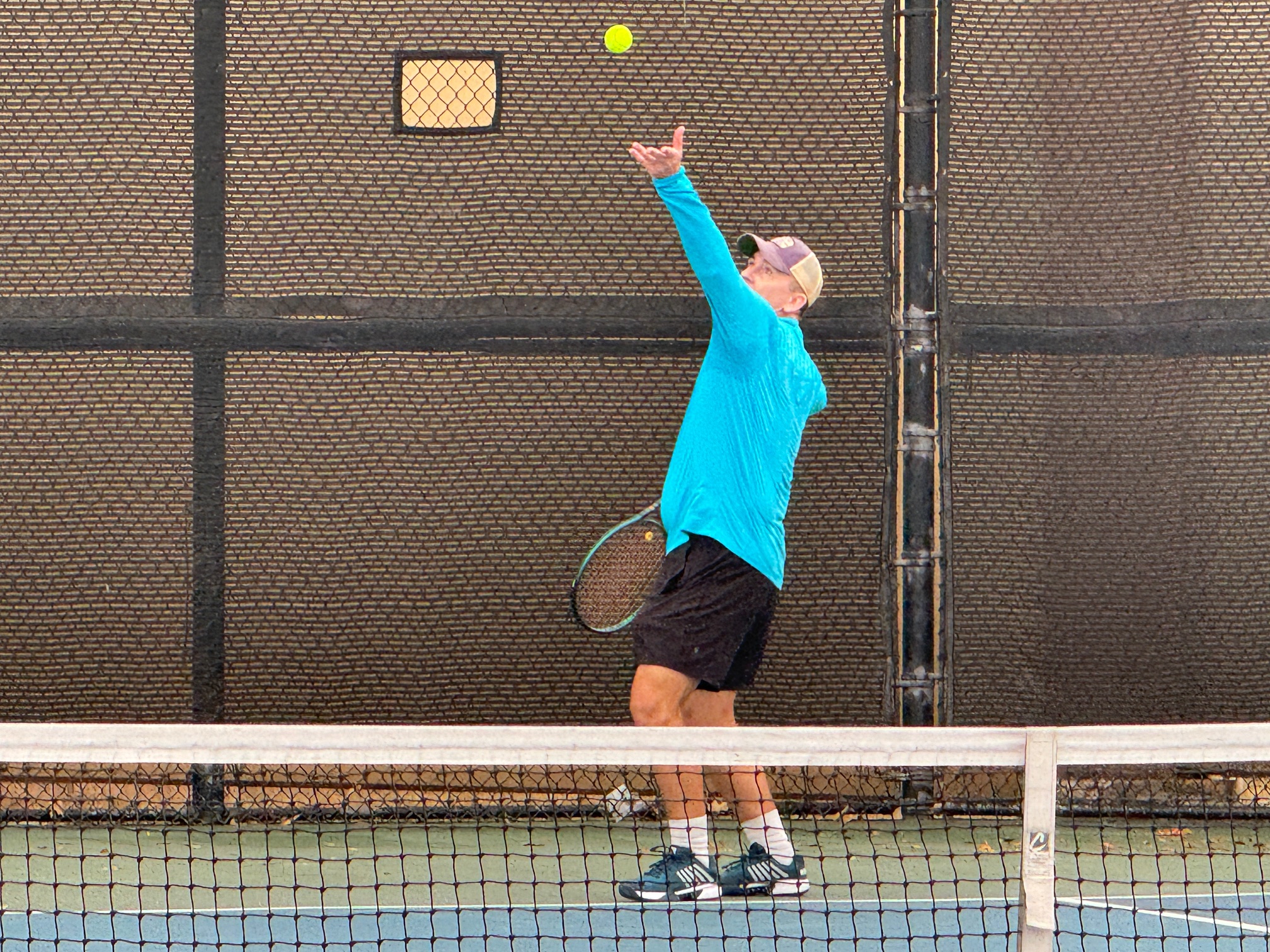The USTA recently released the 2025 edition of the Friend at Court. As the official rulebook that governs how the sport is played across the country, every tennis player in the United States who plays in USTA-sanctioned events should be familiar with it. This essential resource contains the ITF Rules of Tennis, USTA Regulations, and The Code. It’s a comprehensive guide to playing tennis fairly, knowledgeably, and in alignment with the spirit and intent of the rules.
The Friend at Court is intended for many audiences, including players, parents, coaches, officials, tournament directors, and anyone who wants to deepen their understanding of the game. The first part of the book is a reprinted copy of the ITF Rules of Tennis, which are under the purview of the International Tennis Federation, the steward of the global foundation of how tennis is played. Additionally, the Friend at Court contains USTA Regulations that govern tournament operations. Finally, The Code captures the unwritten rules that guide player behavior.
The USTA can propose changes to the ITF Rules of Tennis, but cannot alter these rules on its own. However, the USTA has the latitude to issue Comments that clarify how the ITF rules will be interpreted and applied in USTA-sanctioned events.
Last Wednesday, I wrote about modifications to the coaching rules made in the 2025 ITF Rules of Tennis. Those updates are inherited by the 2025 Friend at Court. The USTA previously had two Comments against Rule 30, which is where the coaching practices that are allowed and disallowed are codified. This year, one of those two Comments has been updated in obvious response to the ITF changes.
The USTA Comment that has not changed stipulates that players can bring written notes to a match.
A player may bring to the court written notes that were prepared before the start of the match and may read these notes during the match. While on court or during a match, a player may not receive information via electronic devices capable of receiving communications such as cell phones and smartwatches.
2025 USTA Friend at Court, Comment 30.1
However, the USTA Comment clarifying when coaching is — and is not — allowed has been updated. The bolded text is new for 2025.
Is coaching permitted during a rest period? Yes. Coaching is permitted during a 3-minute or 10-minute rest period. However, with the exception of team events specified in other USTA regulations, coaching is not allowed in the following situations in any USTA sanctioned play:
2025 USTA Friend at Court, Comment 30.1
- A toilet/change of attire break;
- A 2-minute set break;
- Between points;
- During a change of ends;
- A Medical timeout;
- Bleeding timeout;
- A wheelchair repair timeout;
- When a Quad wheelchair player is given additional time to re-strap their racket;
- When players remain on court for a short stoppage of play such as during slight rain or repair of the net or net strap;
- When a player leaves the court seeking the assistance of the Referee; or
- When equipment or clothing is being adjusted.
The first update in the introductory narrative for this Comment indicates that coaching is allowed at some USTA sanctioned team events. Ironically, while that text is new, coaching was already allowed in that context. In a way, that new clause simply documents what was already the standard practice.
This Comment was also updated to add to the list of when coaching is explicitly not allowed. That is in direct response to the new ITF verbiage,, which adds some situations where coaching is allowed under certain circumstances. By explicitly adding those things, the USTA is clarifying that while there are additional situations where coaching may be allowed, under the USTA, it is still not permitted.
The 2025 USTA Friend at Court also highlights the new Appendix IV within the ITF Rules of Tennis. That new section contains more details on Coaching scenarios. However, the USTA did not add any new Comments to that Appendix.
In reality, the 2025 Friend at Court coaching updates don’t represent a major change. The revised USTA Comment mostly clarifies what was already the standard: Coaching is still prohibited in nearly all situations during USTA-sanctioned play. The one notable addition—acknowledging that coaching is allowed at some team events—simply reflects an already established practice.
The key takeaway for players is that just because you see coaching happen on the pro tours or in certain ITF events doesn’t mean it’s allowed under USTA rules. The Friend at Court remains the definitive guide for what’s permitted in USTA competition. For 2025, the coaching restrictions haven’t materially changed.
- ITF Rules of Tennis, International Tennis Federation, 2025
- Friend at Court: The Handbook of Tennis Rules and Regulations, USTA, 2025



